Table of Contents
Choosing the Right Drill Bit
When choosing a drill bit, it is essential to consider the material that you will be drilling into. If you are drilling into wood, metal, or plastic, a twist drill bit will be suitable for the job. However, if you are drilling into hard materials such as concrete, brick, or stone, a masonry drill bit is necessary.
It is also important to select the correct size drill bit for the job. Using the wrong size can result in an uneven or oversized hole or cause the bit to break. Always refer to the manufacturer’s recommendations for the correct size drill bit for the job at hand.
Twist Drill Bits

Twist drill bits are the most common type of drill bit and are used for drilling into a variety of materials, including wood, metal, plastic, and masonry. They are characterized by their helical flutes, which help to remove the material as the bit rotates. Twist drill bits come in a range of sizes and are typically made of high-speed steel or cobalt.
The 118-degree point angle is best for drilling softer materials such as wood and plastic, while the 135-degree angle is ideal for harder materials such as metal. Twist drill bits are available in various sizes, ranging from 0.8mm to 25mm, and the larger sizes have a reduced shank diameter to fit into standard drill chunks.
Brad Point Bits

Brad-point bits are designed for drilling into wood and other soft materials. They have a sharp, pointed tip that helps to prevent the bit from wandering as it starts to drill. Brad-point bits also have two sharp spurs that score the wood ahead of the cutting edge, resulting in a cleaner, more precise hole.
Spade Bits

Spade bits, also known as paddle bits, are designed for drilling large, shallow holes in wood. They have a flat, paddle-shaped tip that helps to create a wide, flat-bottomed hole. Spade bits are available in a range of sizes and are often used for drilling holes in door locks and other hardware.
Forstner Bits

Forstner bits are similar to Brad-point bits in that they are designed for drilling into wood. However, they are capable of drilling much larger, deeper holes with a flat bottom. Forstner bits are often used for drilling holes for cabinet hinges and other hardware.
Masonry Bits

Masonry bits are designed for drilling into concrete, brick, and other masonry materials. They are characterized by their tungsten carbide tips, which are able to withstand the high temperatures and pressures associated with drilling into these materials. Masonry bits are available in a range of sizes and are often used for drilling holes for anchors and other hardware.
The tip of the masonry drill bit is also designed to prevent it from slipping on the surface of the material being drilled, ensuring that the hole is drilled in the correct position. The size of the masonry drill bit can vary, but they are typically available in sizes from 4mm to 16mm.
Step Bits
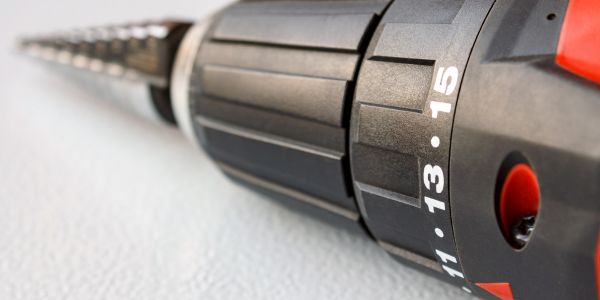
Step bits, also known as cone bits or unibits, are designed for drilling into thin materials such as sheet metal and plastic. They have a conical shape with multiple steps, each of which is a different diameter. Step bits are ideal for creating holes of varying sizes without having to change out the bit.
Different shank types of drill bits and their various uses
One of the most critical aspects of a drill bit is its shank type, which determines how the bit is attached to the drill and how much power can be transmitted to the bit.
Round Shank Drill Bits:
Round shank drill bits are the most common type of drill bit, and they can be used with any standard drill chuck. These bits have a cylindrical shank with a uniform diameter, which makes them easy to hold and handle. Round shank drill bits are available in a wide range of sizes, from 1/16 inch to 1 inch, making them suitable for drilling small and large holes in various materials.
Hex Shank Drill Bits:
Hex shank drill bits have a hexagonal-shaped shank, which allows them to be used with a quick-change chuck. These bits are popular among professionals and DIY enthusiasts because they can be easily switched out without the need for a chuck key. Hex shank drill bits are available in sizes ranging from 1/16 inch to 1/2 inch and are suitable for drilling holes in wood, metal, and plastic.
SDS Shank Drill Bits:
SDS (Special Direct System) shank drill bits are designed for use with a specific type of drill that has an SDS chuck. SDS bits have a unique design that allows them to be inserted into the drill and secured with a twist-lock system.
This design ensures that the bit stays securely in place during use, even when drilling through tough materials. SDS shank drill bits are commonly used in masonry work, such as drilling holes in concrete or brick.
Reduced Shank Drill Bits:
Reduced shank drill bits, also known as Silver and Deming bits, have a shank that is smaller in diameter than the rest of the bits. This design allows the bit to be used with a larger drill chuck, increasing the bit’s versatility. Reduced shank drill bits are available in a wide range of sizes, from 1/2 inch to 1-1/2 inch, making them suitable for drilling large holes in wood, metal, and plastic.
Morse Taper Shank Drill Bits:
Morse taper shank drill bits are designed to be used with a specific type of drill that has a Morse taper chuck. These bits have a conical shank that is wider at the base than at the tip, which allows them to be inserted into the chuck and secured with a twist-lock system. Morse taper shank drill bits are commonly used in metalworking, such as drilling holes in cast iron or steel.
What are the 3 types of sizes of drill bits?
When it comes to drilling, one of the most important factors to consider is the size of the drill bit. A drill bit’s size refers to its diameter, which determines the size of the hole it will create. Drill bits come in a variety of sizes but we’ll focus on three of the most common sizes: small, medium, and large.
Small Drill Bits
Small drill bits are typically used for precision work, such as drilling holes for electronics or jewelry making. These bits range in size from 0.1mm to 1.5mm in diameter, making them ideal for creating very small holes. Because of their small size, these drill bits are delicate and can break easily if not handled with care. They are often made of high-speed steel or carbide, which provides the necessary strength and durability.
When using small drill bits, it’s important to use a low drilling speed to avoid overheating and potentially breaking the bit. Additionally, lubrication can help to keep the bit cool and extend its lifespan.
Medium Drill Bits
Medium-sized drill bits are the most common type of drill bit, and they are used for a wide range of applications. These bits range in size from 1.5mm to 13mm in diameter, and they are often made of high-speed steel or cobalt. Medium drill bits are suitable for drilling through a variety of materials, including wood, metal, and plastic.
When using medium drill bits, it’s important to choose the right speed and pressure for the material being drilled. Too much pressure can cause the bit to overheat and break, while too little pressure can result in a slow and inefficient drilling process.
Large Drill Bits
Large drill bits are used for drilling large holes in thick materials, such as metal or wood. These bits range in size from 13 mm to 50mm in diameter, and they are typically made of high-speed steel or cobalt. Large drill bits are designed to withstand the high torque and force required for drilling through thick materials.
When using large drill bits, it’s important to use a drill with a high power output and torque. The drill should also be set to a low speed to avoid overheating the bit. Additionally, it’s important to use lubrication to keep the bit cool and to prevent it from binding in the material being drilled.
What are the 5 main parts of the drill bit?
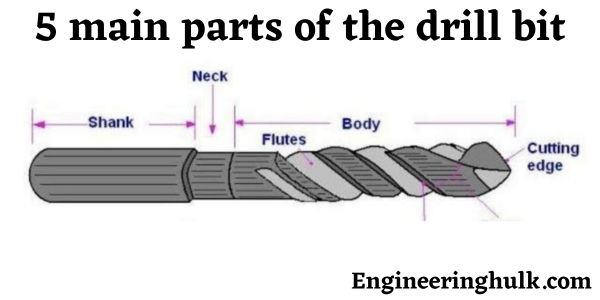
Shank
The shank is the part of the drill bit that is inserted into the chuck of the drill. The shank is usually smooth and cylindrical in shape, and it comes in various sizes to fit different drills. The shank may also have a flat area to prevent the drill bit from slipping in the chuck.
Body
The body of the drill bit is the part that does the drilling. It is usually made of high-speed steel or tungsten carbide, and it comes in various shapes and sizes. The body of the drill bit is designed to remove material from the workpiece as it rotates.
Flutes
The flutes are the grooves that run along the body of the drill bit. They help to remove material from the workpiece and also help to guide the drill bit through the material. The number of flutes on a drill bit can vary, and the size and shape of the flutes can also differ depending on the type of material being drilled.
Point
The point of the drill bit is the part that makes contact with the material being drilled. The point can come in various shapes, including twist, brad, and spade. The shape of the point is important because it determines how the drill bit will penetrate the material.
Cutting Edge
The cutting edge is the part of the drill bit that does the actual cutting. It is located at the end of the body and is usually shaped like a cone. The cutting edge can be sharpened to maintain its effectiveness, and it is made of high-speed steel or tungsten carbide to ensure durability.
Also, read the types of pumps

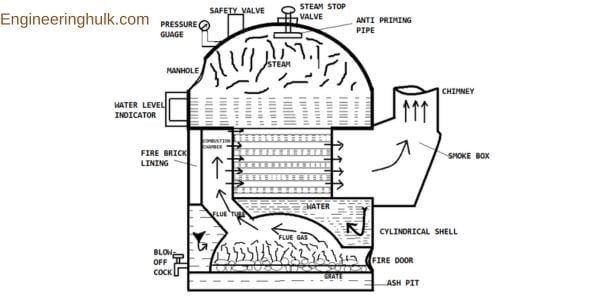
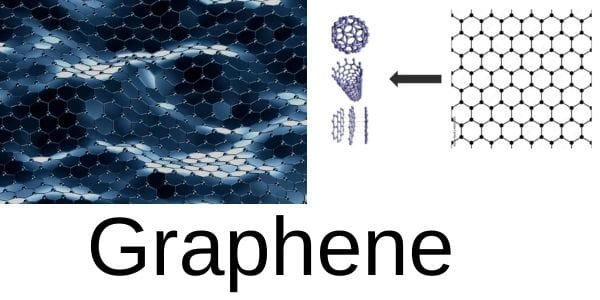








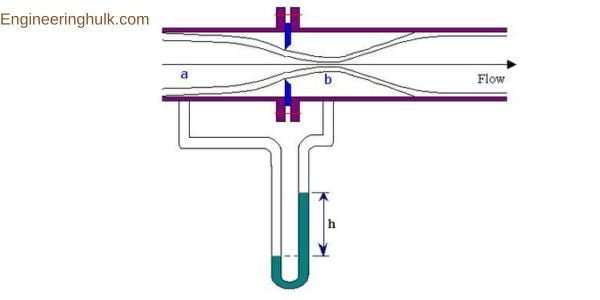




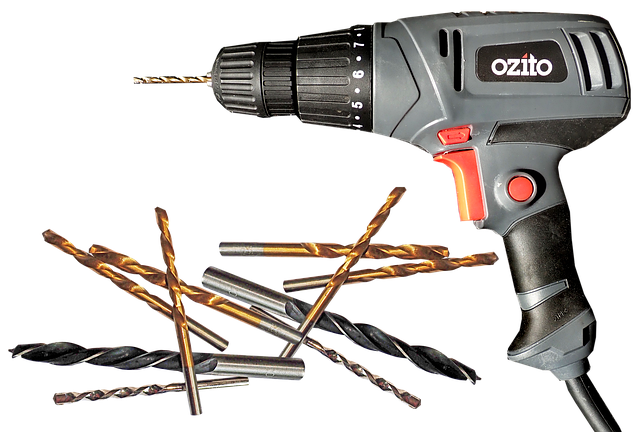



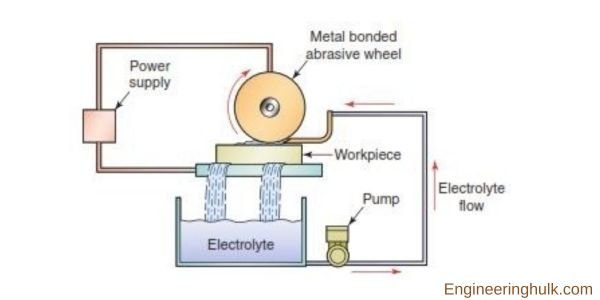



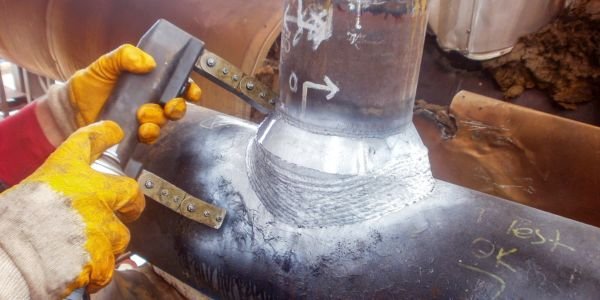



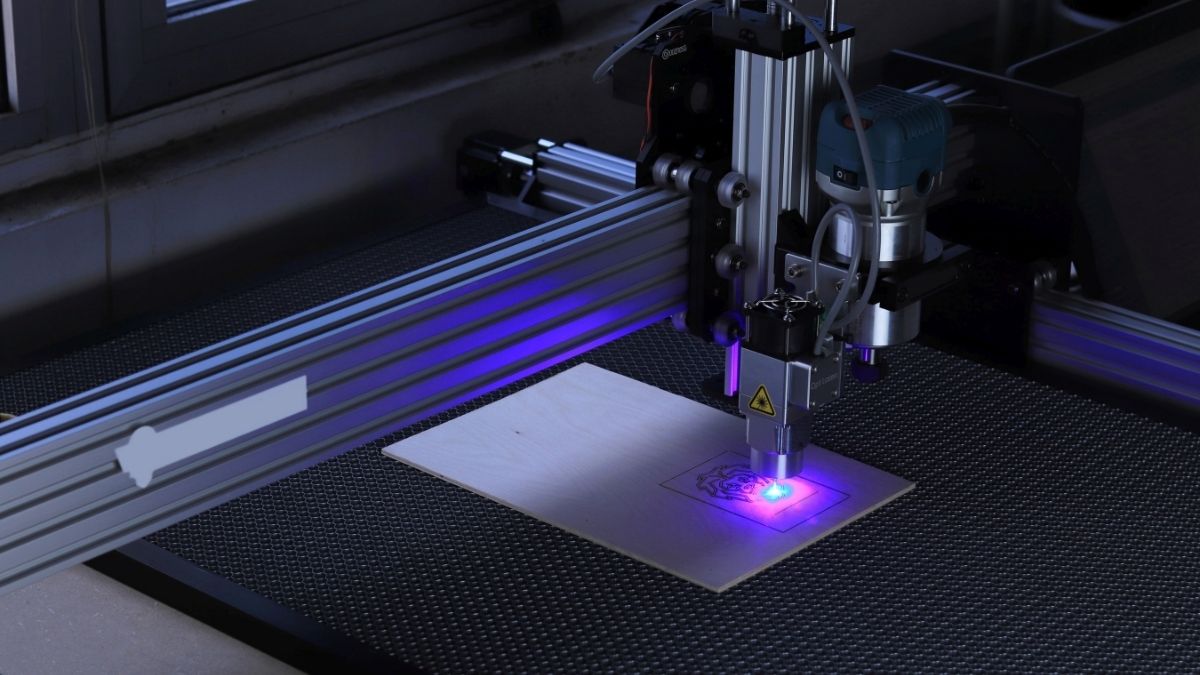

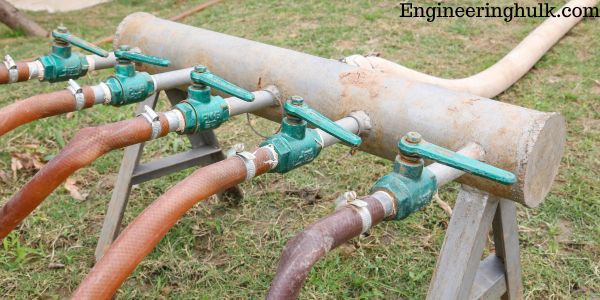

Comment on “Drill bit – Types, Parts, and different sizes”
Comments are closed.